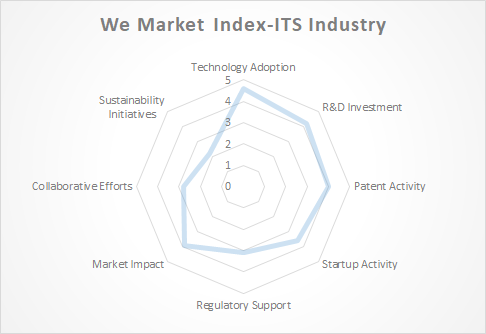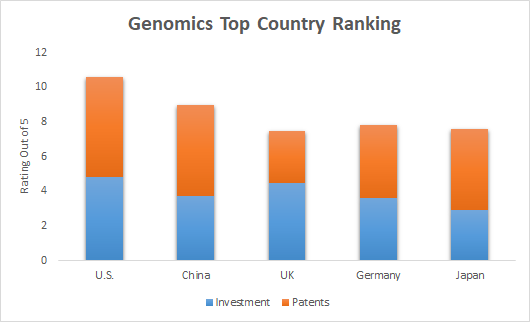The Soaring Demand for Hyaluronic Acid: A Fountain of Youth for the Cosmetics and Medical Industries
Introduction
In recent years, the global
hyaluronic acid industry has experienced unprecedented growth, and the demand
for this remarkable substance shows no signs of slowing down. Hyaluronic acid,
often referred to as "HA," is a naturally occurring compound found in
our bodies, and its applications range from cosmetics to medical procedures.
Its exceptional ability to retain water and offer various health and beauty
benefits has made it a sought-after ingredient in both industries. In this
blog, we will explore the factors contributing to the growing demand for
hyaluronic acid and its ever-expanding range of applications.
Hyaluronic Acid: A Brief Overview
Before delving into the demand
for hyaluronic acid, it's essential to understand what makes it so remarkable.
HA is a glycosaminoglycan, a long chain of natural sugar molecules that is a
key component of our skin, joints, and connective tissues. It has a unique
capacity to hold up to 1,000 times its weight in water, making it an
exceptional hydrating agent.
Cosmetic Applications
Anti-Aging Products: The desire
for youthful, radiant skin continues to drive the demand for hyaluronic acid in
the cosmetics industry. HA is a star ingredient in anti-aging serums, creams,
and injectable fillers. Its ability to plump and hydrate the skin helps reduce
the appearance of wrinkles and fine lines.
Moisturizers: Hyaluronic acid's
exceptional moisturizing properties make it a staple in various skincare
products. It keeps the skin hydrated, resulting in a smoother and healthier
complexion.
Lip Fillers: Lip augmentation
procedures using HA-based dermal fillers have gained immense popularity. These
fillers provide a natural-looking enhancement and are easily reversible if
desired.
Medical Applications
Joint Health: HA injections are
widely used to alleviate joint pain and discomfort caused by conditions like
osteoarthritis. It acts as a lubricant and shock absorber in the joints.
Eye Surgeries: Ophthalmic
surgeries, such as cataract removal and corneal transplantation, often utilize
HA-based solutions to maintain eye shape and health.
Wound Healing: HA has shown
promise in wound care products due to its ability to promote tissue
regeneration and reduce inflammation.
Driving Factors for Increased Demand
Aging Population: The global
population is aging, and with age comes an increased desire for products and
procedures that combat the signs of aging. As the older demographic grows, so
does the demand for HA-based anti-aging solutions.
Consumer Awareness: Thanks to the
internet and social media, consumers are more informed about skincare and
medical options. This increased awareness has led to a surge in demand for
HA-based products and treatments.
Minimal Invasive Procedures:
Patients today prefer minimally invasive cosmetic and medical procedures.
HA-based dermal fillers and injectables offer a non-surgical alternative to
traditional surgeries with shorter recovery times.
Advancements in Technology:
Ongoing research and development efforts have led to improved formulations and
delivery methods for HA products, making them more effective and
longer-lasting.
Customization: The ability to
tailor HA treatments to individual needs has expanded its appeal. Practitioners
can now use different formulations and techniques for various cosmetic and
medical purposes.
Future Growth and Conclusion
The hyaluronic acid industry's
growth trajectory shows no signs of slowing. As research continues to uncover
new applications and formulations for HA, its demand will likely continue to
surge. Whether it's in the realm of cosmetics, where consumers seek the
fountain of youth, or in medical applications where it aids in pain relief and
healing, hyaluronic acid has cemented its place as a versatile and
indispensable ingredient. The future of this industry is indeed bright, with
innovation and demand fueling its progress.




